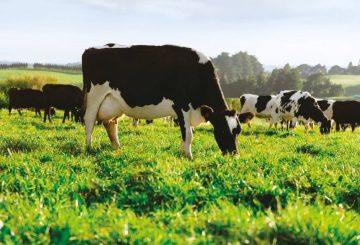今週、ACC(事故補償公社)が設立50周年を迎えます。ACC(事故補償公社)は、包括的で過失のない傷害保険を提供するニュージーランドの組織です。しかし、この節目をきっかけに、システム内の変革の必要性についての議論が巻き起こりました。
ACCは、最高裁判所判事のオーウェン・ウッドハウス卿が率いる王立委員会による調査の結果、1970年代に設立されました。この調査は、労働関連の傷害に対する不十分な補償に対する労働者の不満がきっかけでした。1973年の当初の法律は労働災害と自動車事故を対象としていましたが、翌年の改正により対象範囲が拡大されました。
ACCが処理する請求件数は、長年にわたり劇的に増加し、年間数百件の民事紛争と約5,000件の労働者災害補償請求から、年間約200万件にまで増加しました。また、対象範囲はスポーツ傷害や、介護中の虐待などのデリケートな請求にまで拡大しています。
しかし、この制度には大きなギャップがあり、デリケートな請求の約 1% しか補償を受けられないと批評家は主張しています。弁護士でACCの研究者であるウォーレン・フォースター氏は、ACC制度は世界で最も優れた制度の1つであるものの、すべてのケースで機能するわけではなく、多くの人に正義をもたらすことができないことを認めています。
元のACCの法律コンサルタントであるドン・レニーは、現在の組織を大手保険会社と比べて不利に比較し、批判している。彼は、1982年にACCが委員会から法人に転換したことで、傷害者のニーズから財務上の問題に焦点が移ったと考えています。
ACCの最高経営責任者であるミーガン・メインはこれに同意せず、長年にわたる変化にもかかわらず、人々を助けるという組織の本来の目的は変わらないと述べています。彼女は、特に請求件数の増加がリハビリファシリテーターに圧力をかけている中で、改善の必要性を認識しています。しかし、彼女はまた、他のどの国にも匹敵しない、ACC独自の包括的で過失のない傷害保険を称賛しています。
メイン氏はまた、政府による公共サービスの削減や、ACCの予算を 6.5% 削減する計画も支持している。彼女は、これらの削減は顧客対応スタッフには影響せず、重複や不必要なプロジェクトをなくすことを目的とすることを保証します。





























































